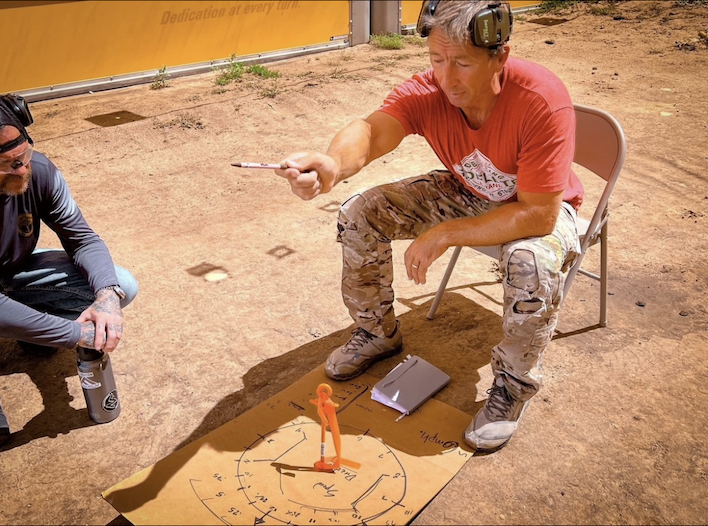Developing skill as an art through conscious practice.

We build skill through conscious practice—by observing our own shots, learning from experience, and refining those lessons over time. Real skill comes from mindful engagement with reality: discovery through struggle, and validation of every principle until it proves repeatable and true. This kind of practice also builds genuine confidence, because reality confirms what we know; it repeats itself and aligns with our lived experience. This article serves as a cornerstone for RifleKraft students and readers—a guide to a mindset that embraces mindful practice as the path to understanding and growth.
The minds illusion...
Continue reading...
Last edited:

